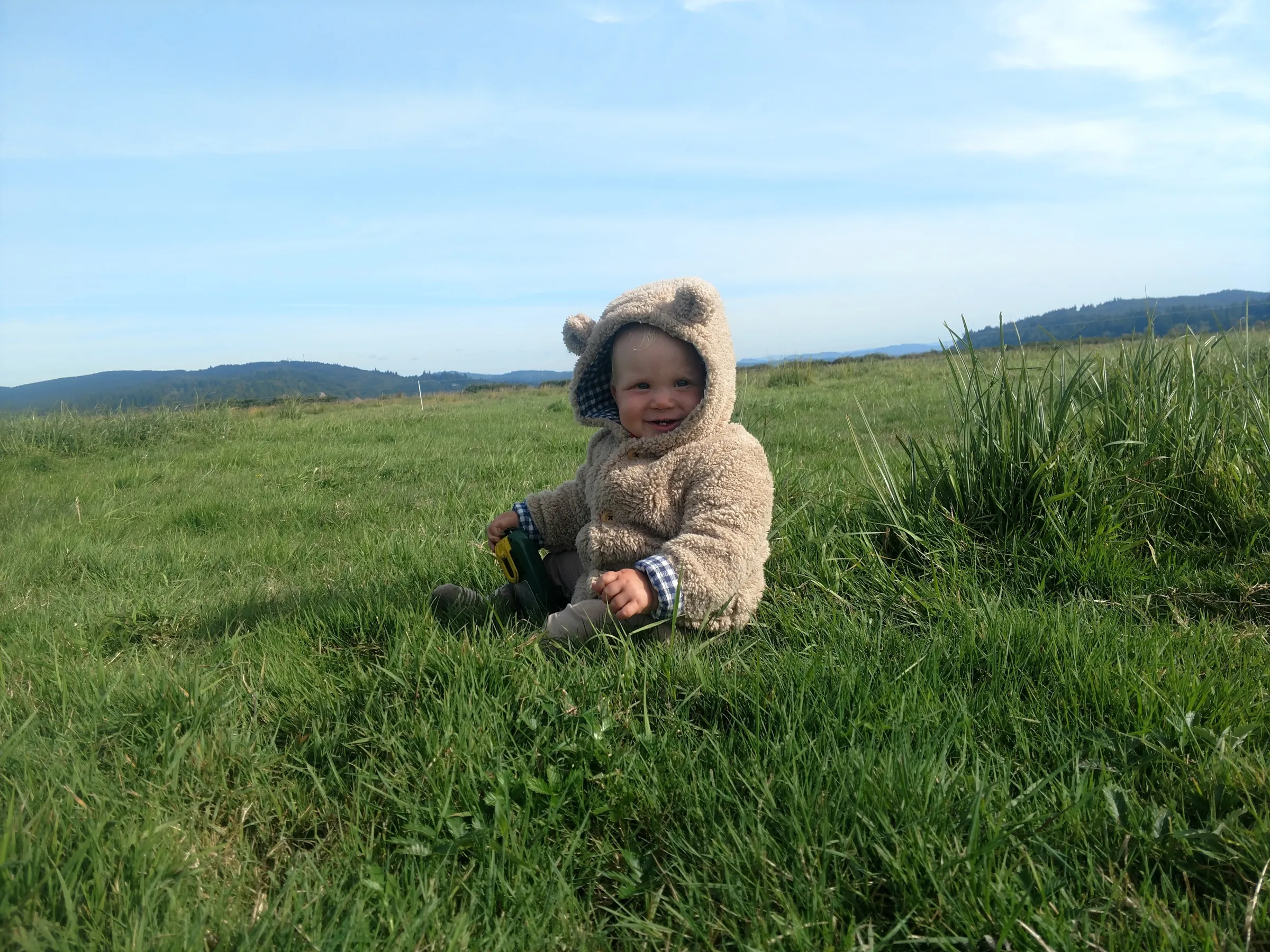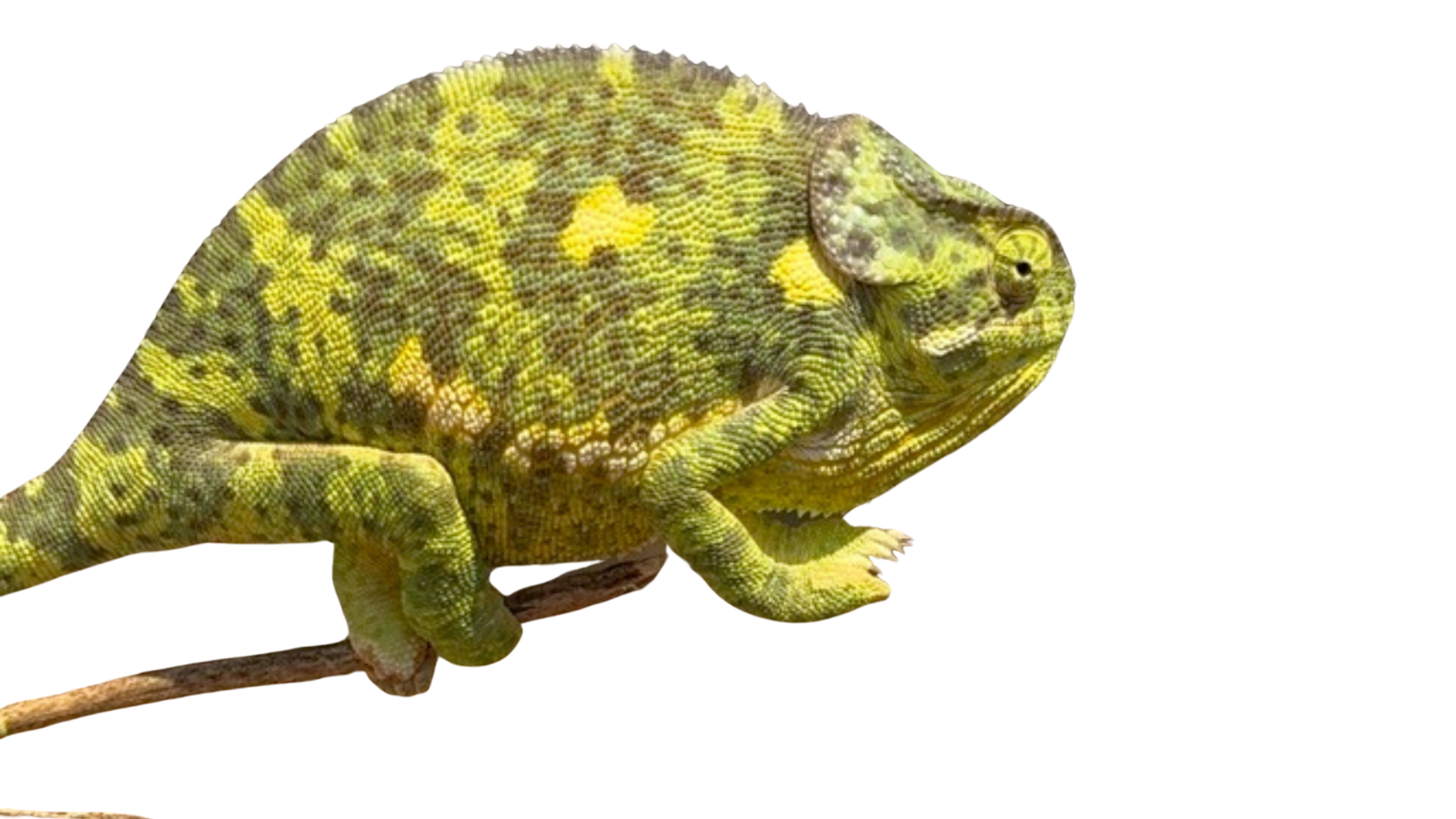Short grass is preferred by all kinds of mega-fauna, big and small.
Theories without facts are at best pointless self-pleasure. At worst they can be dangerous propaganda. Theories that lack supporting data are like dry skeletons. In our little world of eco-ranching, adhering to an idea that does not have a strong foundation of evidence supporting it, can really reduce the biodiversity of your property. And can cause you to lose a big chunk of your life. As a person who is prone to theorize, I offer this as a disclaimer.
However, I am going to keep theorizing anyway, because sometimes we are plagued by a dangerous lack of theories. Data that does not fit into a strong theoretical framework is useless. Charlie Munger said something like that. Such data is just numbers, numbers that convey no information and help no one do anything, anything useful. Like a jellyfish, with no skeleton to give form and structure. Caring about such numbers will mean that your life will be pushed by Brownian Motion, everywhere in general and nowhere in particular. It also makes us vulnerable to people coming along and filling our theoretical vacuum with propaganda and conspiracy theories.
But first, the Almanac section, where I talk about real life, even though I would always rather be talking about theories and data. We shipped the first two loads of cattle for the season this week. I made an expensive mistake along those lines, but at least it wasn’t a stressful, dangerous, expensive mistake. The rest of the cattle are out grazing on half the ranch, no subdivisions. More on that next week. Abel and I have been cleaning out the container during Abel/Dada ranching time. This is Abel’s (probably futile) attempt to get his Dada organized. Hanna is busy with the house build. She is doing a good job and it is coming along nicely. But she says I can’t write this blog on my only morning of family time in the week, so get it done early or don’t do it. And I need to take out the trash.
When I first started this series, Ariel Greenwood asked how ranch managers can keep grass short when grass volumes change so quickly and stocking rates change so slowly. That is a good question and one that we at SMI, MBG, GLL, ABC, and CNN (I just through those last two in to see if you were paying attention) have not answered perfectly, but I will do my best.
First of all, I would point out that one option is to change stocking rates quickly. With the very seasonal nature of some rangelands, such as the California annual rangeland, having a seasonal grazing operation is the first and easiest step toward mimicking the migratory movement of wild grazers.
Beyond that, my ideas around grazing have been influenced by many people, (there are Allan Savory and Andre Voisin for instance) but the best theory for dealing with this particular issue is compliments of Bud Williams. When I was a bright-eyed bushy-tailed youth I asked him questions about pasture rotations. He laid out his ideas in this way (with the important caveat, “if I was going to do that…”) :
First and most importantly, you stock the property so that in the average year, you have plenty of grass, enough so that you won’t use all of it. Then, lets say you have ten pastures, pictured below.

You start the cattle in pasture number one. When the cattle are more or less half done with the forage that they are actually eating you move them to pasture number two. You continue in this way until pasture number one is ready to be re-grazed, a topic we can discuss in a future blog post. Say that in the first rotation, pasture 1 is ready to be re-grazed when you are in the eighth pasture, leaving two pastures ungrazed. Go back to the first one. Don’t worry about ‘getting through everything.’ Just pretend like it isn’t there. Then on the second rotation (let’s say it is spring and things are really growing now) and by the time you get to the fifth pasture, the first pasture is ready. Go back to the first one. Then things slow down a little bit in the third rotation and you have to go through to the seventh pasture before returning to the first one. And in the Fourth rotation things really slow down and you go through all but one of the pastures before you ship. Then, next year, you do the same thing, only starting at number ten instead of number one.
It doesn’t have to work out exactly like this of course, but the emphasis should be on keeping some of the property in short grass, not maximizing the recovery period on all of the grass. This simple change in emphasis elegantly solves a lot of problems at once. First of all central to our discussion here, it allows you to keep control of some or most of your grass. If you try to maximize recovery on the whole ranch, it will all get away from you, unless you are stocked too heavy. This is the other advantage of this system.
At the same time that you maintain forage quality, you also maintain a significant feed stockpile. Unless you are in a very dry, low productivity environment, that older feed might not be worth much, but it will keep animals alive if you need it. That extra feed is what allows you to move the livestock when they are finished with about half of their feed, and not play the game of trying to move slow when forage growth is slow. Just letting such a thought creep into your mind will automatically make your livestock lose weight. In my opinion. And it is bad for the vegetation too. But if you are comfortable in the idea that even in a bad year there will be enough grass, you can move the animals when it is optimum, both for the animals and the plants. Ironically, you keep grass short by making sure you are not overstocked.
This allows you to maintain a lot of the ranch in short-ish grass, which as I say, is a good thing from a biodiversity perspective, but also essential for keeping forage quality high. But you can also maintain any biodiversity that prefers tall vegetation, and the whole spectrum of stuff in between. In the above example, five pastures were grazed four times, one pasture was not grazed at all, and four pastures were grazed somewhere in between. There will be room in there for any grassland species to find just the conditions that they prefer. In addition to spatial diversity, you get temporal diversity by starting the cattle at a different point each year. Pastures get different treatments in different years, encouraging diversity by creating different conditions on different years that favor different plants and animals. This change in orientation has a bunch of benefits and I am sure that I am missing some.
As theories go, this one couldn’t be much simpler. Now, do we have data to back it up? I know I I promised data next week, but I have already gone on a little long about someone else’s theory. Next week we will review the data that we have collected through Grounded and Sonoma Mountain Institute and what it tells us about changes in plant biodiversity when you keep the grass short, but not too, short.

